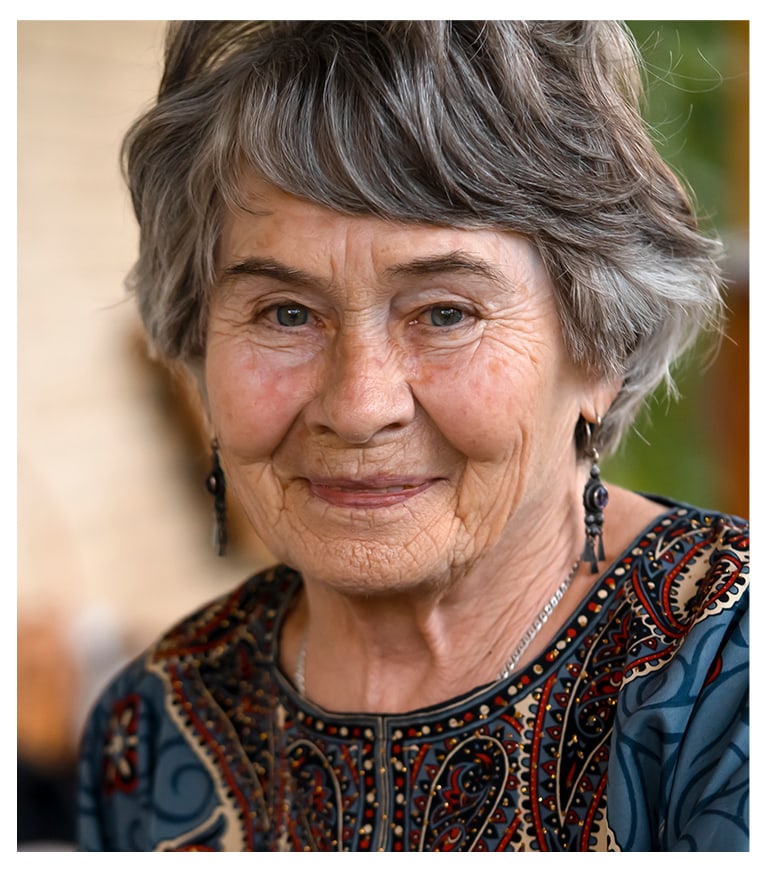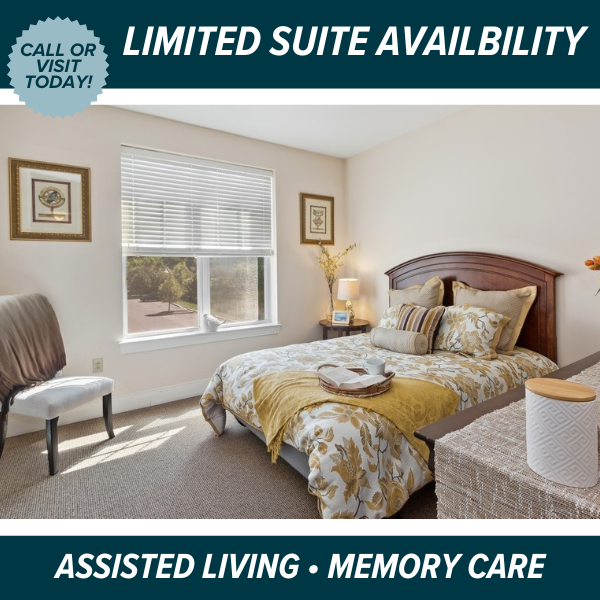Key Takeaways
- Memory care provides 24/7 support in a secure and personalized setting for people with dementia or Alzheimer’s.
- Quality communities offer trained staff, consistent care, and individualized daily routines.
- Safe layouts, calming design, and private or shared room options improve comfort and reduce confusion.
- Activities like music, art, and movement promote connection, stimulation, and well-being.
- Family involvement and communication are key components of quality memory care
Choosing the Right Memory Care Community
Choosing a memory care community for your loved one is one of the most important decisions you’ll face. The right community can provide specialized support, meaningful connections, and a secure environment where your family member can continue to live with dignity.
Look for communities that offer trained caregivers, secure environments, engaging daily activities, personalized care services, and more. These elements work together to create a supportive setting where people with memory-related conditions can thrive. With the right community, your loved one can live a dignified, respected life, just like they deserve.
What Does Quality Memory Care Include?
Memory care isn’t one-size-fits-all. Each resident’s needs are different, which means care should be flexible and personalized. A strong memory care community will start with a thoughtful onboarding process, followed by regular evaluations to update each care plan over time.
Care services typically include help with daily routines like dressing, bathing, and managing medications. Some communities also provide on-site health monitoring or help coordinate outside appointments. When care is responsive and respectful, it allows residents to maintain dignity while getting the support they need.
Look for communities where team members receive regular training in dementia care. The way caregivers interact with residents can have a big impact on how supported your loved one feels. Ask about staff consistency, too, because familiar faces help build trust and reduce anxiety.
How Memory Care Supports Safety and Comfort
The physical environment plays a huge role in how safe and supported someone feels. The right community should be designed well, because this removes unnecessary stress from daily life.
Secure Layouts That Prevent Wandering
One of the most important features is the physical environment itself. Hallways and shared spaces should be easy to navigate, with clear signage and monitored exits. Meanwhile, secured courtyards and outdoor paths keep your loved one safe in their daily life. These features are easy to overlook, but they make a significant difference.
Calming, Accessible Living Spaces
Soft lighting, natural colors, and familiar household décor help reduce confusion. The layout should avoid sharp corners or long, identical hallways that might disorient someone with memory loss. Everything—including your loved one’s new home—should be comfortable and accessible, just like they deserve.
Private and Shared Room Options
Every person is different. Some people thrive with a private room, while others enjoy the company of a roommate. Talk to the community about what setups are available and how they match residents with one another.
24/7 On-Site Support
From overnight monitoring to emergency response systems, on-site caregiving teams are essential. Ask about staff availability and how they handle medical concerns after hours. The staff-to-resident ratio matters, too, because it tells you how much care your loved one can feasibly receive in their daily life.

Daily Engagement in Memory Care
Your loved one’s life in memory care won’t be focused entirely on care. The right programs can bring joy, preserve abilities, and provide a sense of normalcy. Music, art, movement, gardening, and memory-based games are all common in memory care, but it’s not just about the activity. It’s about helping people stay connected to who they are.
Social interaction is also key. Group meals, sing-alongs, and seasonal events offer opportunities to bond with staff and neighbors. A good memory care community will strike the right balance between stimulation and rest based on each resident’s energy level and preferences.
Family Involvement and Visiting Policies
Families are an essential part of the care team. Ask how often you can expect updates and whether you’ll be able to participate in care planning. Some communities use phone calls or emails, while others offer regular family meetings.
Visiting access is another important detail. Look for a community that offers flexible visiting hours and welcomes family involvement. Even just having the chance to join in for a holiday meal or stop by when you choose can be a great opportunity to strengthen your bond with your loved one.
Touring Tips for Families
Seeing a memory care community in person gives you the best sense of how it operates. Communities let you schedule tours ahead of time to see the space for yourself, so it helps to take advantage of this opportunity.
During your visit, try asking yourself:
- Are residents engaged and comfortable?
- Do staff speak with kindness and patience?
- Are the spaces clean, quiet, and easy to navigate?
- Does the activity calendar reflect real variety?
- Would your loved one feel at home here?
It’s okay to trust your instincts. The right community should feel welcoming—not just functional.
Memory Care at The Bridges at Warwick
Memory loss and cognitive decline can be complex. That’s why finding the right memory care community is so important. With the right team at your side, you can work with your loved one to give them the life they deserve, and that’s a valuable thing.
At The Bridges at Warwick in Jamison, we offer memory care that honors each person’s story while providing the safety, comfort, and support families can trust. Our team is here to help you navigate this chapter with confidence. Book a tour with us today to learn more!









